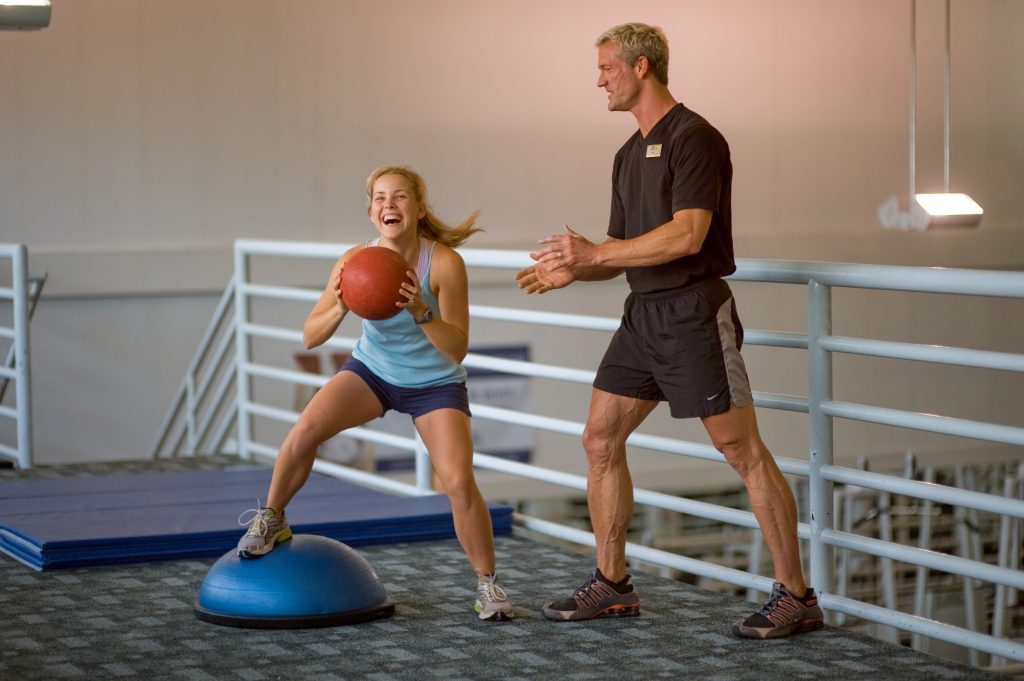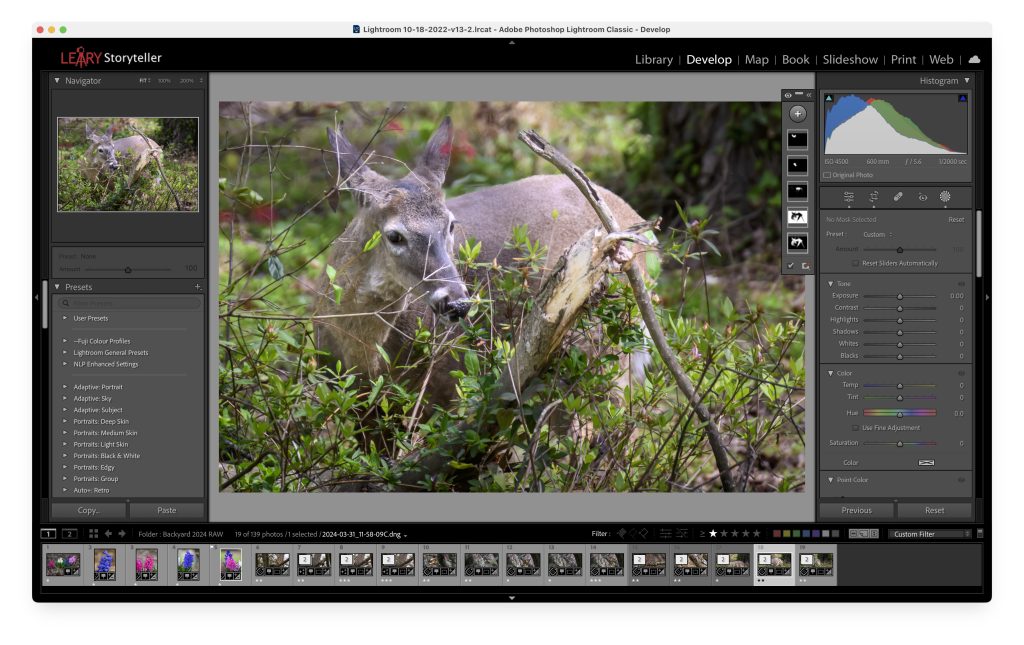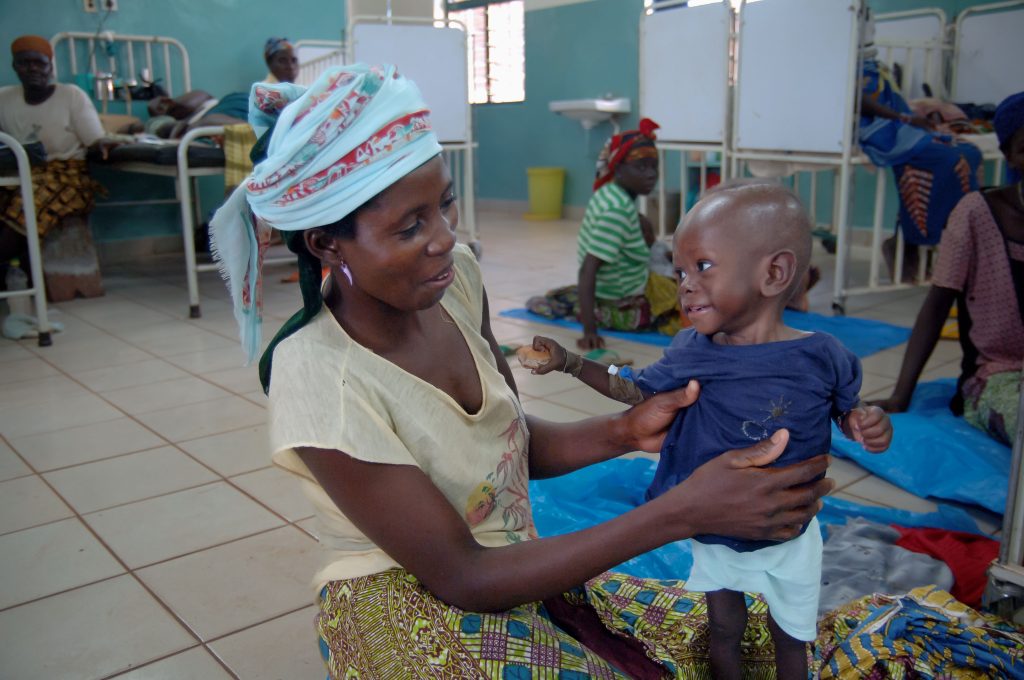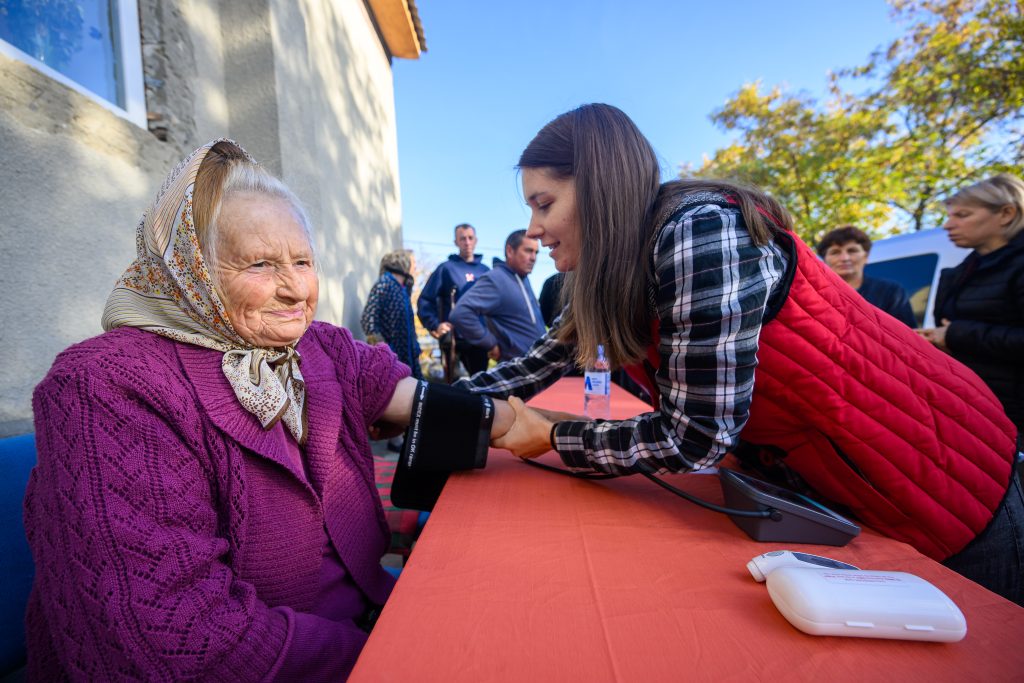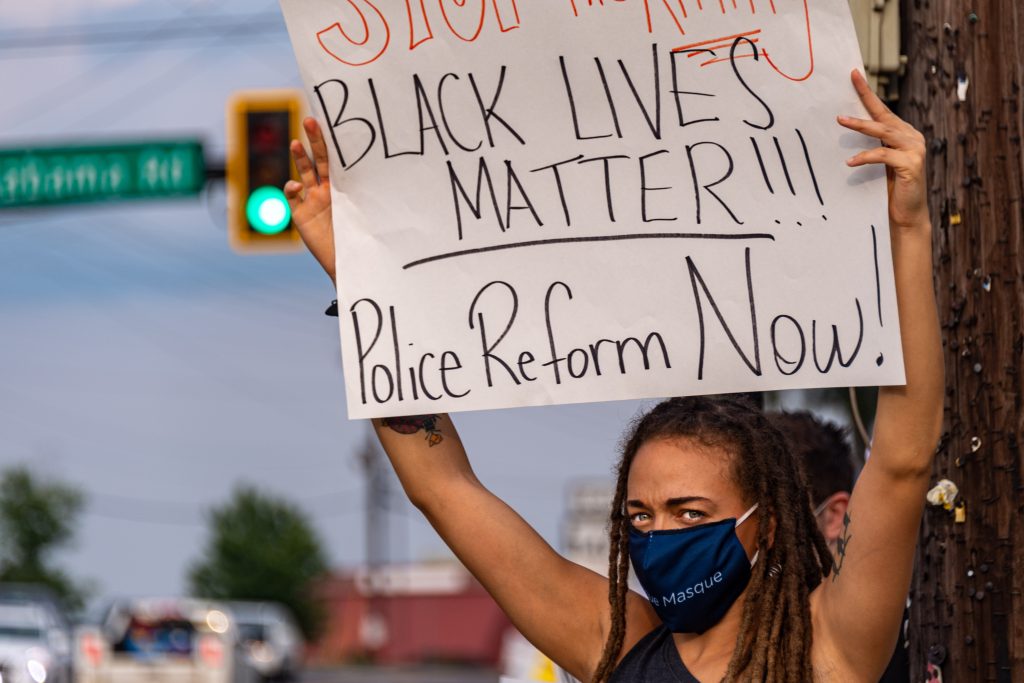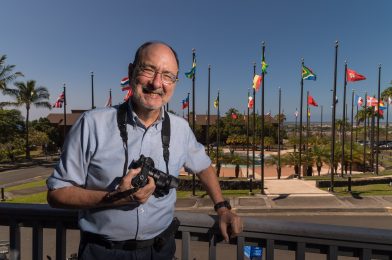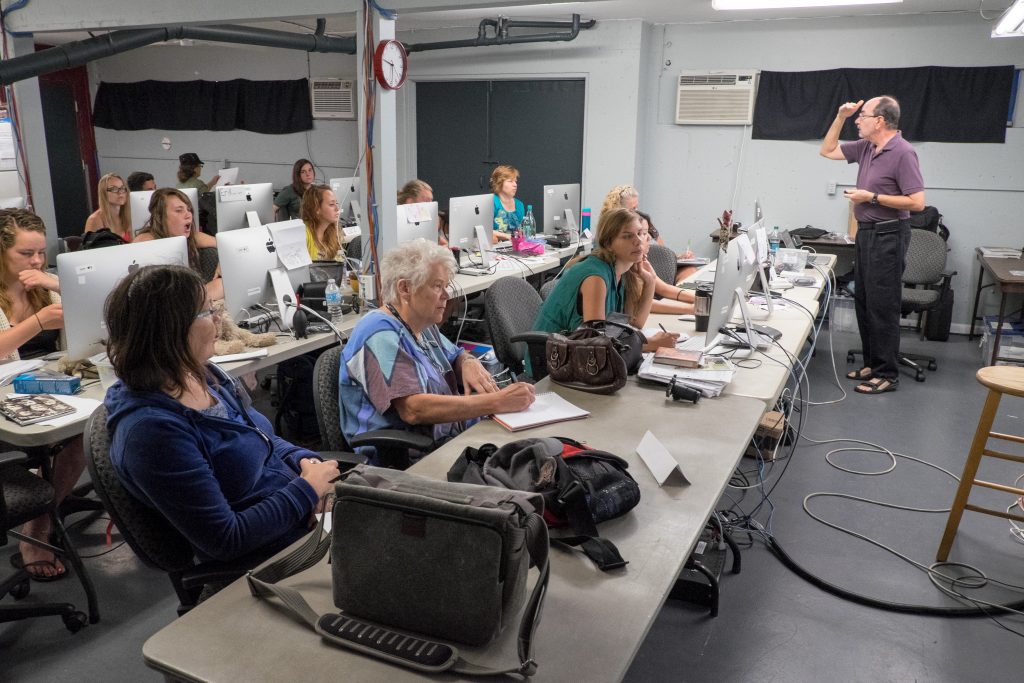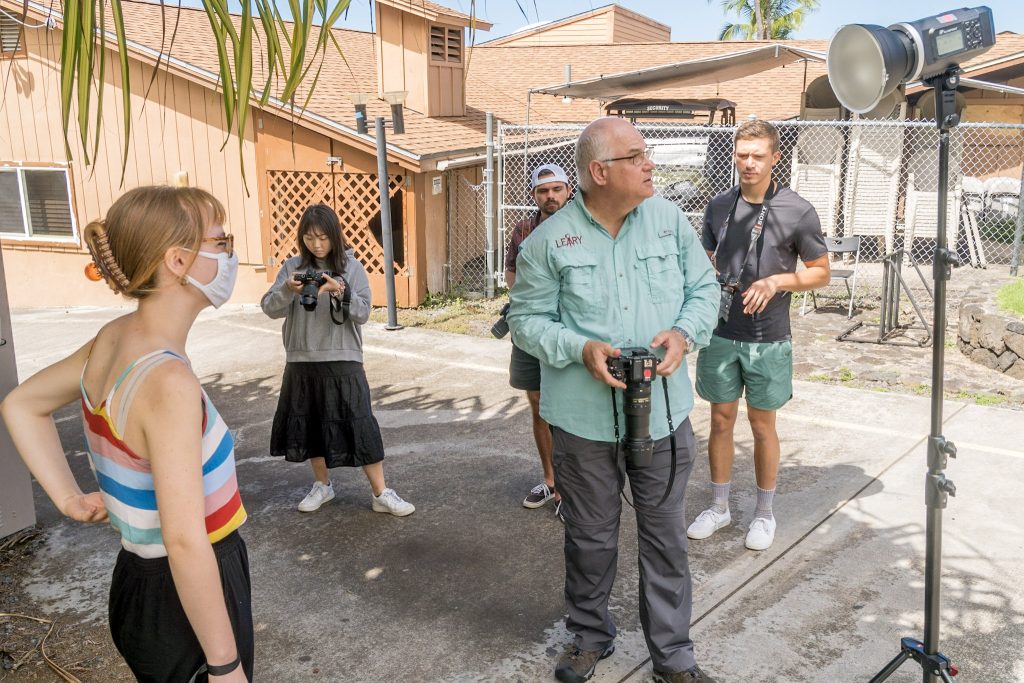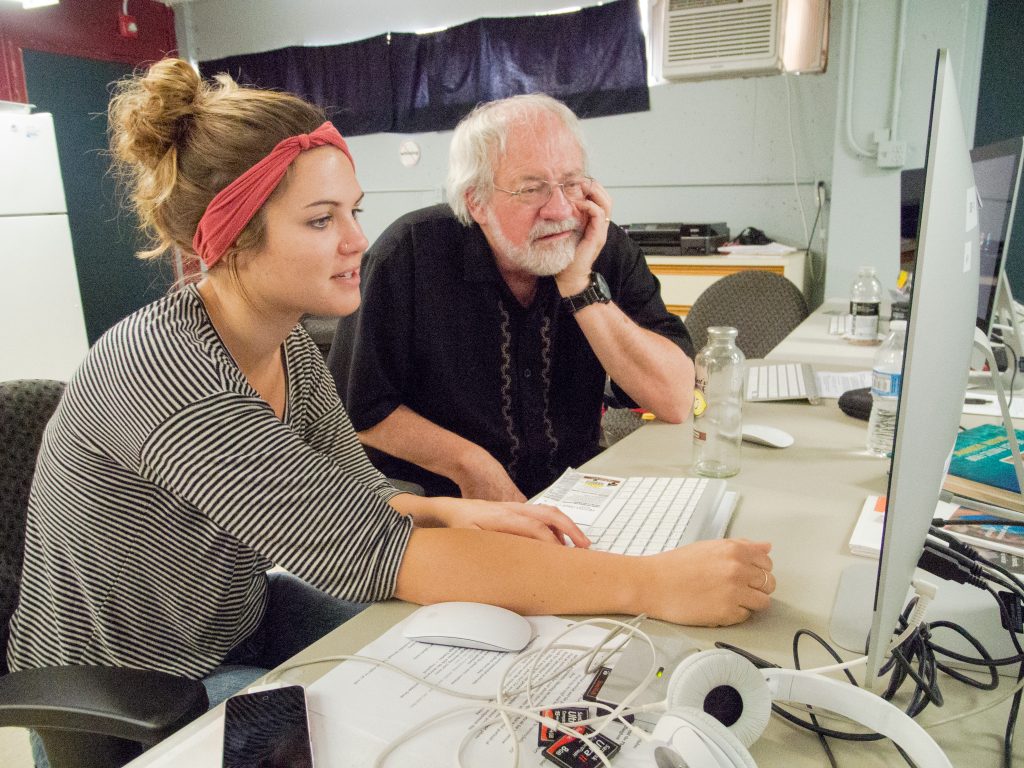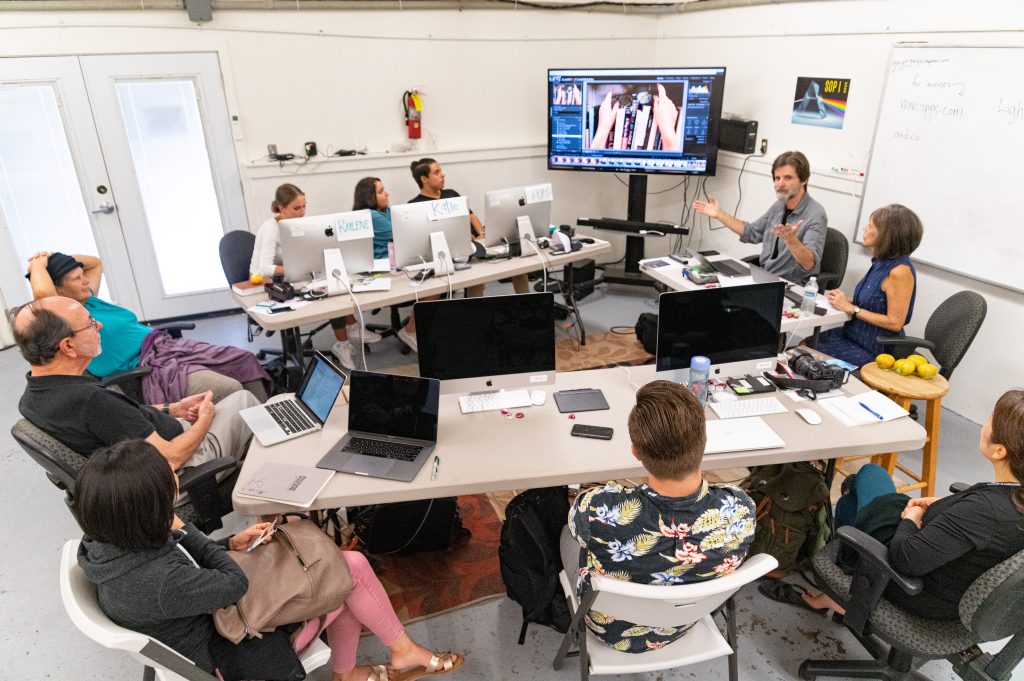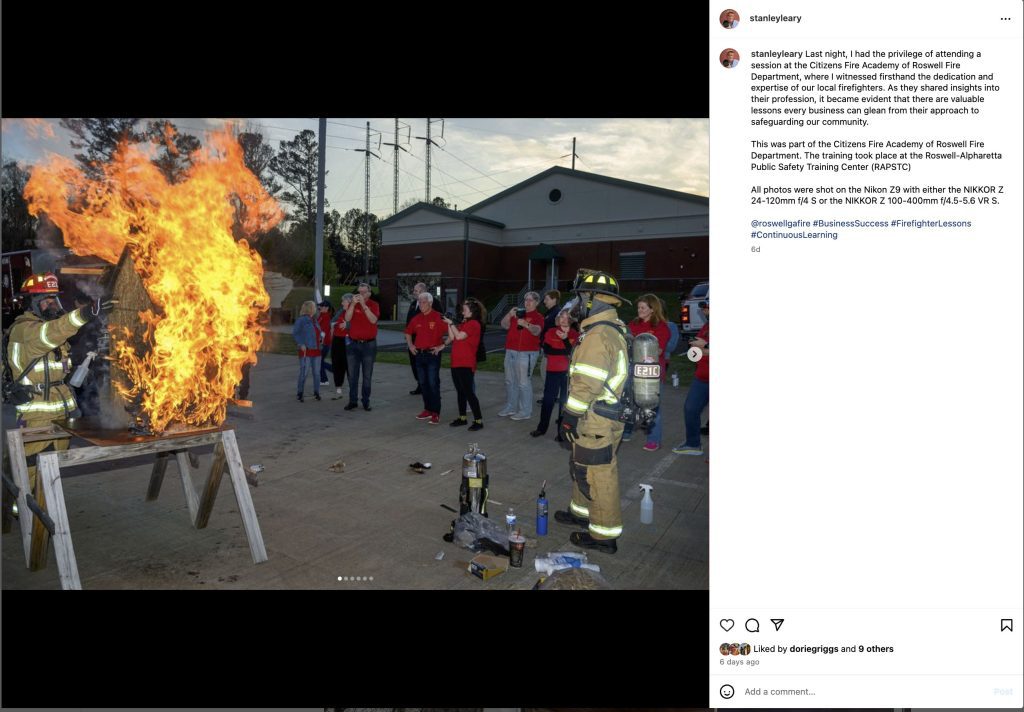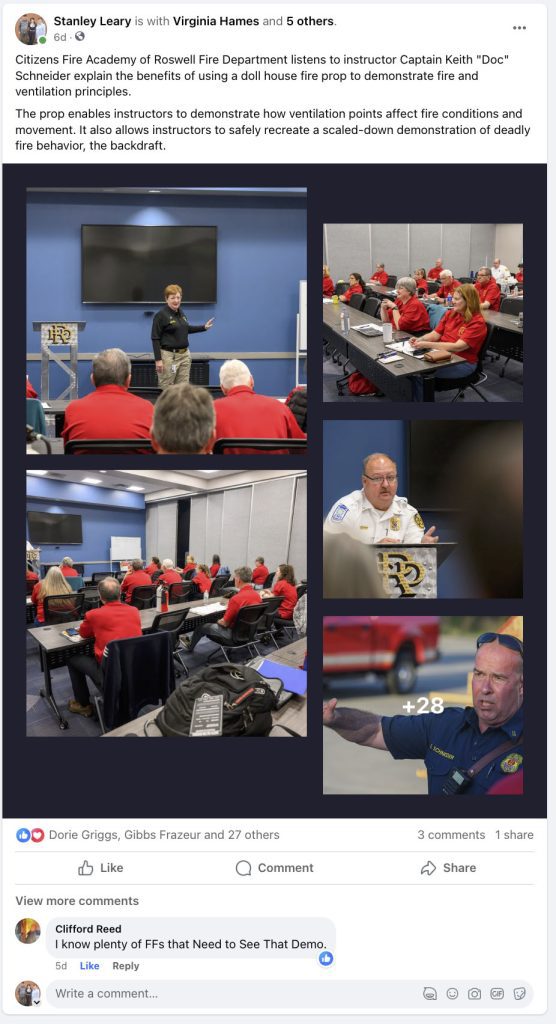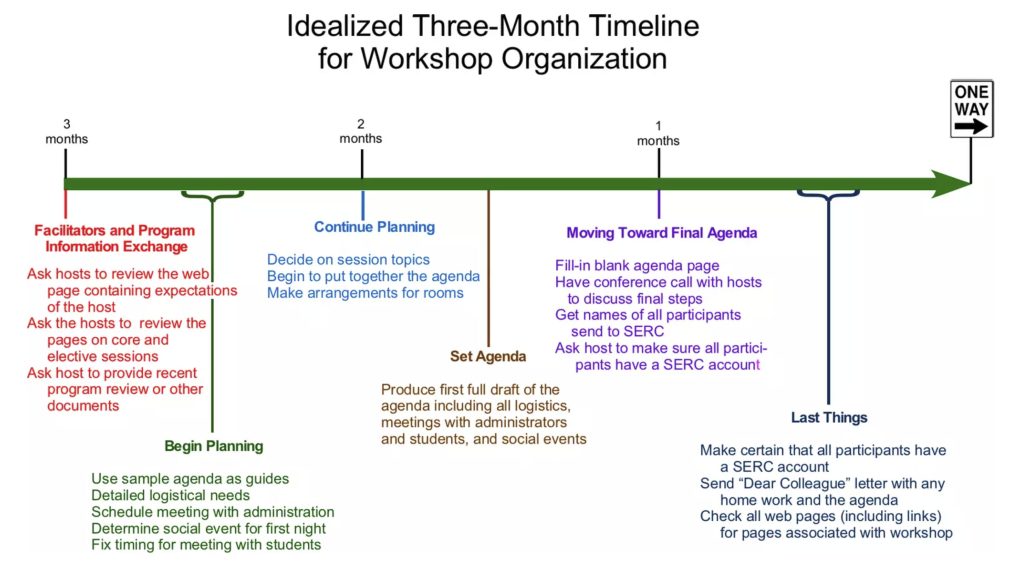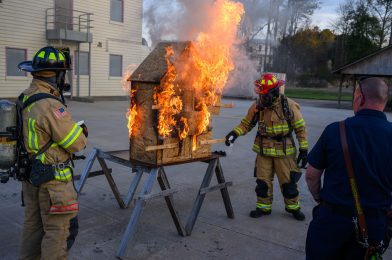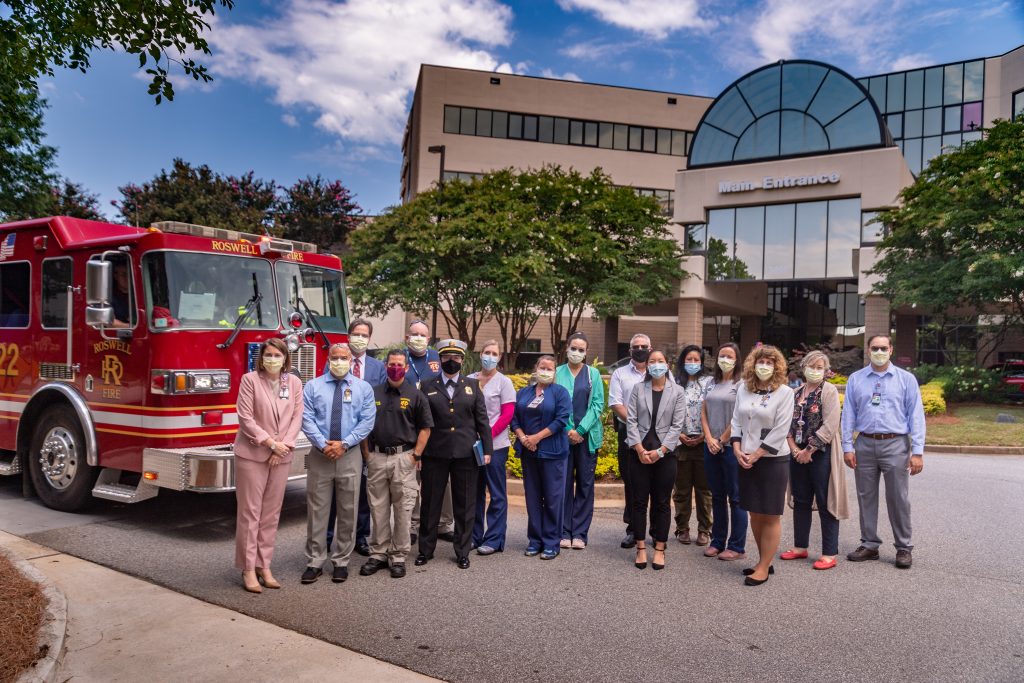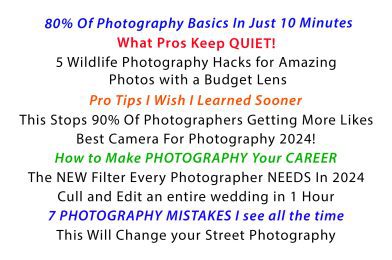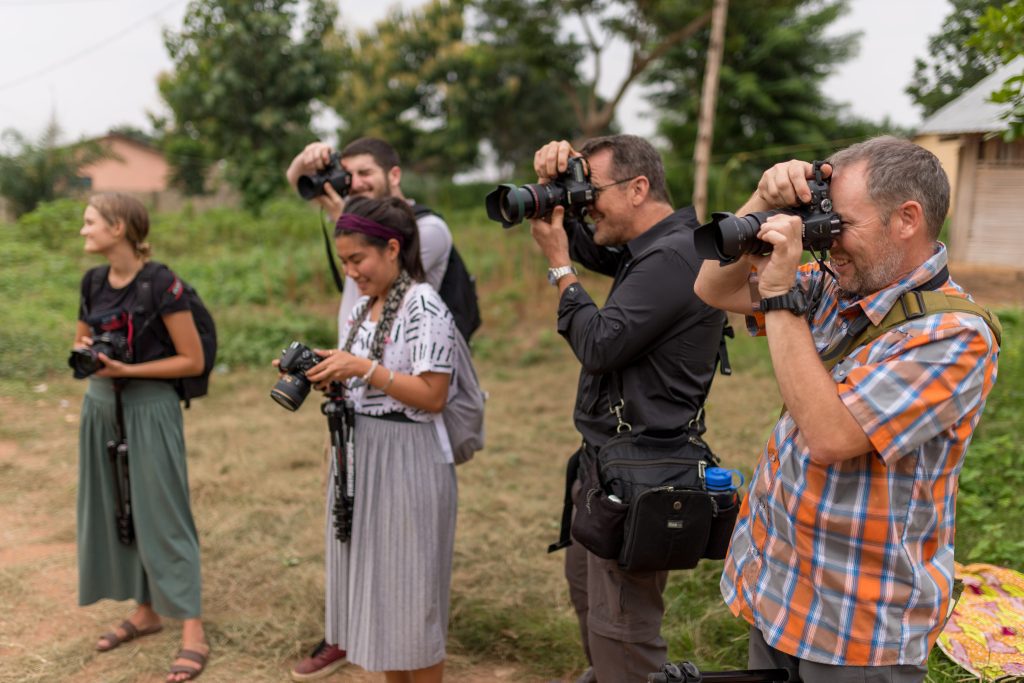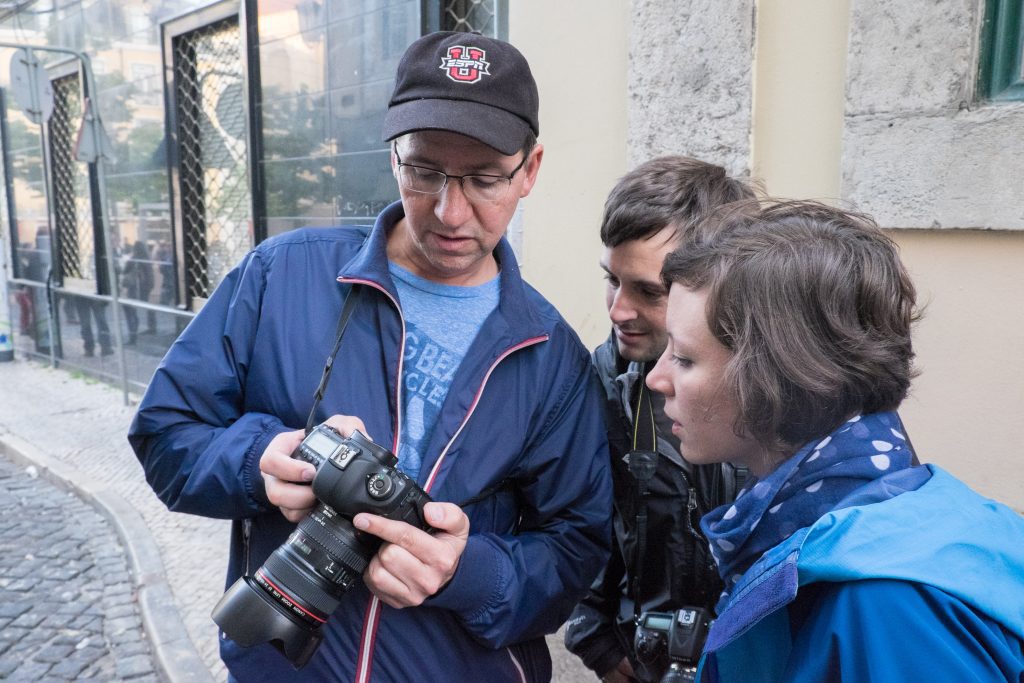Meet Matt Ellenberg, the heart behind Chick-fil-A in Oxnard, California. He leads passionately in the kitchen and rallies his team beyond the restaurant walls, supporting a soccer team for his employees. And guess what? He’s not just the boss; he’s on the field with them, showing teamwork goes far beyond serving chicken sandwiches.
As a budding photographer, it’s natural to draw inspiration from the work of others. After all, imitation is often touted as a form of flattery, and for good reason—it’s a crucial step in the learning process. When you first delve into photography, mimicking the styles and techniques of established artists can provide invaluable insights into composition, lighting, and storytelling. However, there comes a point when you must transition from emulation to innovation, from imitation to originality.
One of the most significant concerns I have encountered as a photographer is the prevalence of derivative work. In today’s digital age, it’s easy to peruse platforms like Pinterest and Instagram, soaking in the latest trends and replicating them with slight variations. While this approach may yield aesthetically pleasing results, it often falls short of fostering actual creative growth.
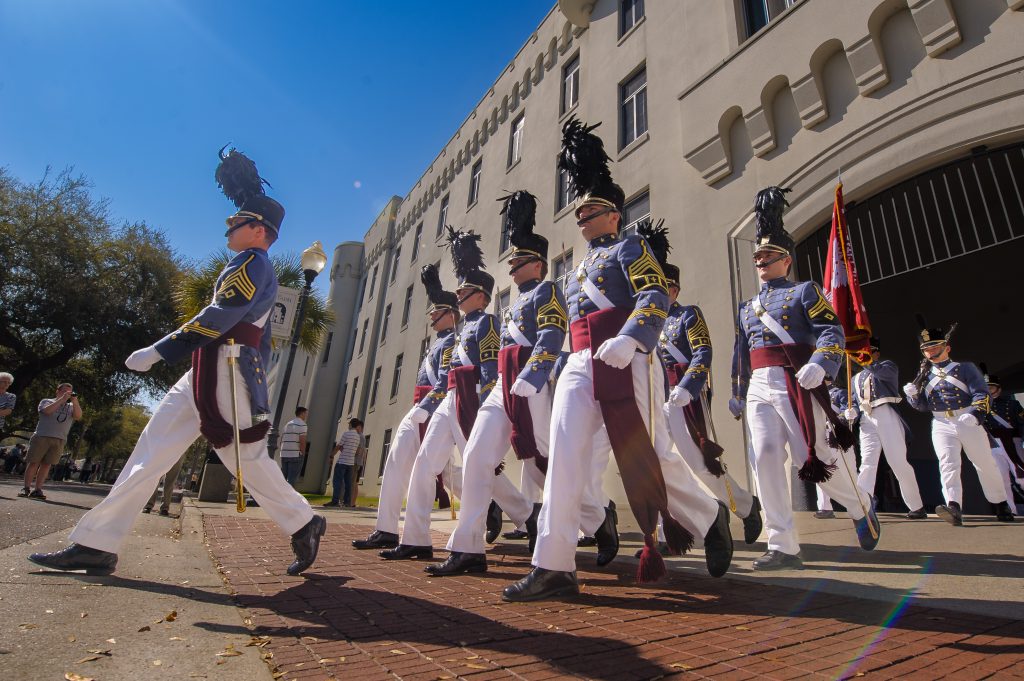
The problem with copying lies not in the act but in its consequences. When we fixate on emulating the work of others, we risk stifling our artistic voice. In our pursuit of perfection, we inadvertently silence the unique perspectives and narratives within us. We become mere imitators, echoing the visions of those who came before us rather than forging our path.
To combat this trend of uniformity, photographers must embark on a quest to discover their distinctive vision. This journey requires introspection, experimentation, and a willingness to embrace vulnerability. It entails exploring the depths of our imagination, unraveling the threads of our identity, and daring to defy conventional norms.
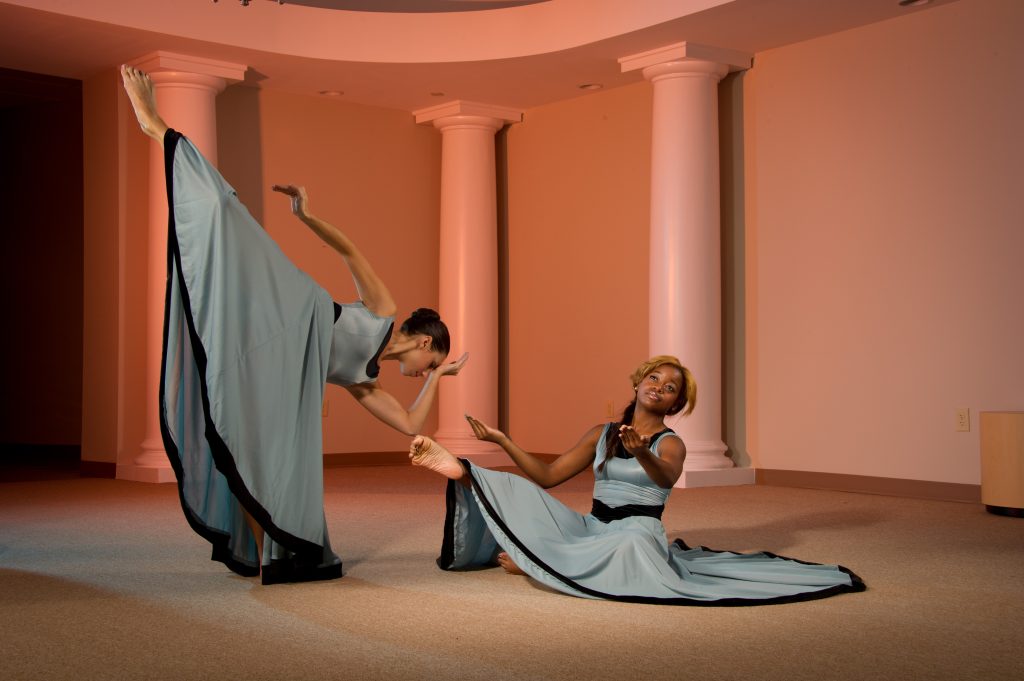
Finding your voice in photography is akin to uncovering a hidden treasure—it requires patience, perseverance, and a willingness to navigate uncharted waters. It involves honing your technical skills while simultaneously honing your creative intuition. It’s about learning to trust your instincts, to follow your heart, and to capture moments that resonate with your soul.
But how do we break free from the cycle of imitation and forge a path toward originality? The answer lies in cultivating authenticity. Rather than seeking validation from external sources, we must learn to trust our inner vision and express it fearlessly through our work. We must dare to be different, to challenge the status quo, and to embrace the imperfections that make us uniquely human.
It’s time for photographers to reclaim their creative sovereignty, to rediscover the joy of storytelling, and to celebrate the diversity of voices that define our craft. Let us draw inspiration from the world and infuse our images with the essence of our lived experiences. Let us honor the legacy of those who paved the way for us and chart a course of innovation and imagination.

Ultimately, true originality is not about reinventing the wheel but imbuing it with our distinct flair. It’s about weaving the threads of tradition with the colors of innovation, creating a tapestry of imagery uniquely ours. So, dear fellow photographers, let us heed the call to authenticity, creativity, and originality, for it is in embracing our true selves that we truly shine.



